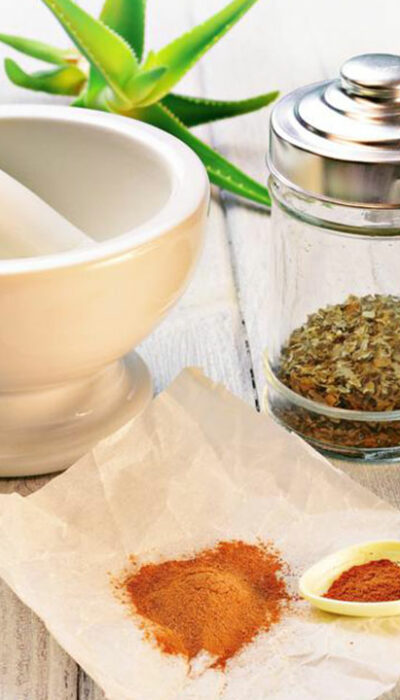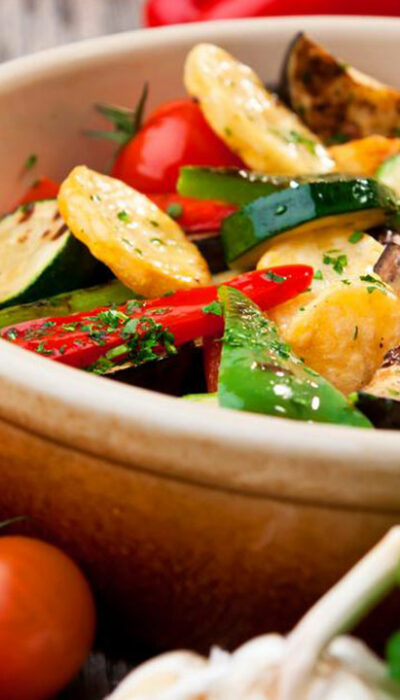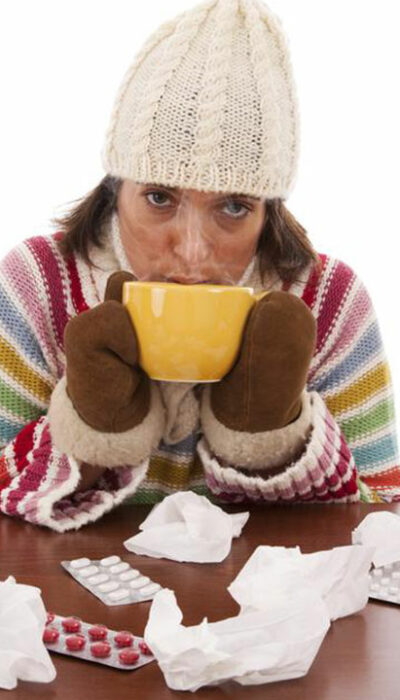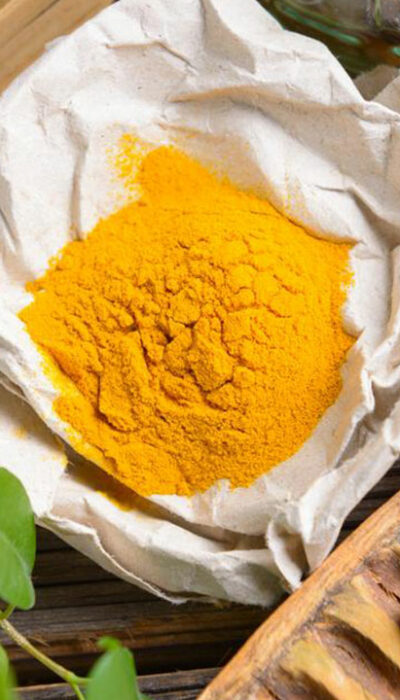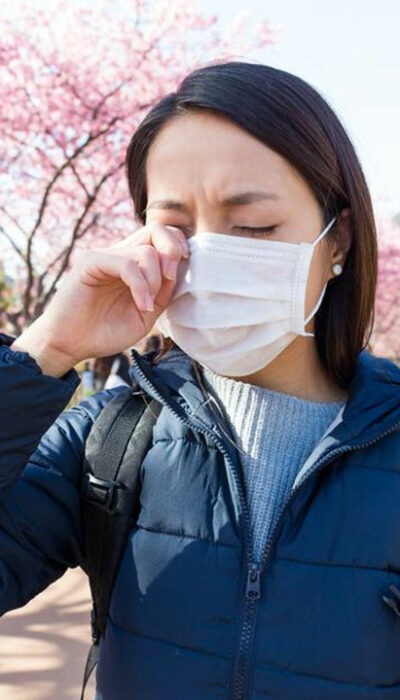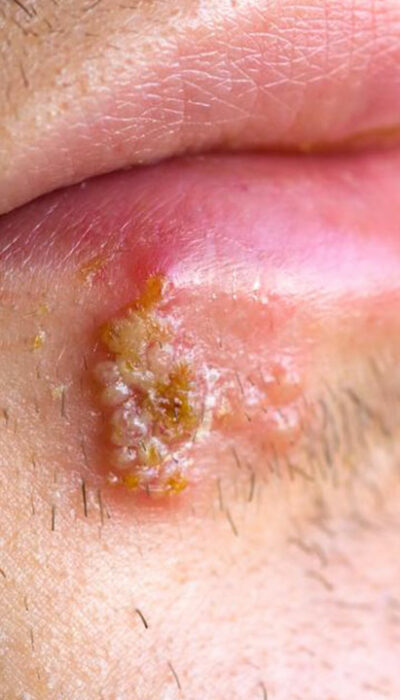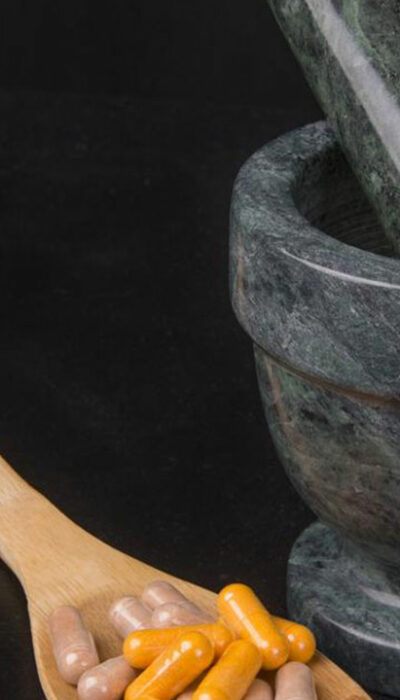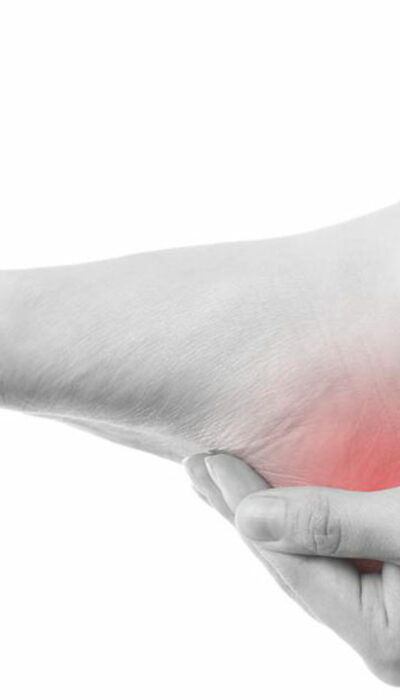
A Brief Discussion of Effective Hemorrhoid Cures
Experiencing pain or a burning sensation after every bowel movement? Well, this can be an indication of hemorrhoid or piles. Not only pain but also you may experience bleeding during bowel movements. Almost half of the entire population in the country are suffering from hemorrhoids and are looking for a cure to tackle this condition. Though piles can be cured within a couple of weeks or so, in most of the cases, it is a chronic problem that can occur at any time. If you are also suffering from piles related issues, you can either get the problem diagnosed by a doctor or you can try a few natural cures yourself. Hemorrhoid diagnosis and cure Consult a doctor once you experience any of the hemorrhoid symptoms and get yourself properly diagnosed. When it comes to medical diagnosis, you may like to know that the measures vary depending on the type of piles. While the piles formed externally are easily visible with the naked eye or felt during digital examination, piles that are formed internally are softer and require to be examined by sigmoidoscope, proctoscope or anoscope. Medical cure for hemorrhoids Like the diagnosis, treatment to varies depending on the type of piles as well as severity of the condition. In case of mild problems, doctors generally recommend some pills or ointments for your relief. However, in cases of a bigger growth, injection might be required for shrinking the extra mass causing problem. Though injections are the least painful way to treat hemorrhoids, it might not be effective for bigger growth. In such cases, doctors may require rubber band ligation or laser removal. Both the treatment procedures, may cause bleeding, pain and temporary discomfort in the patient but can cure piles completely. Yet, there are cases, in which the entire growth is not removed by rubber band ligation or laser rays.
